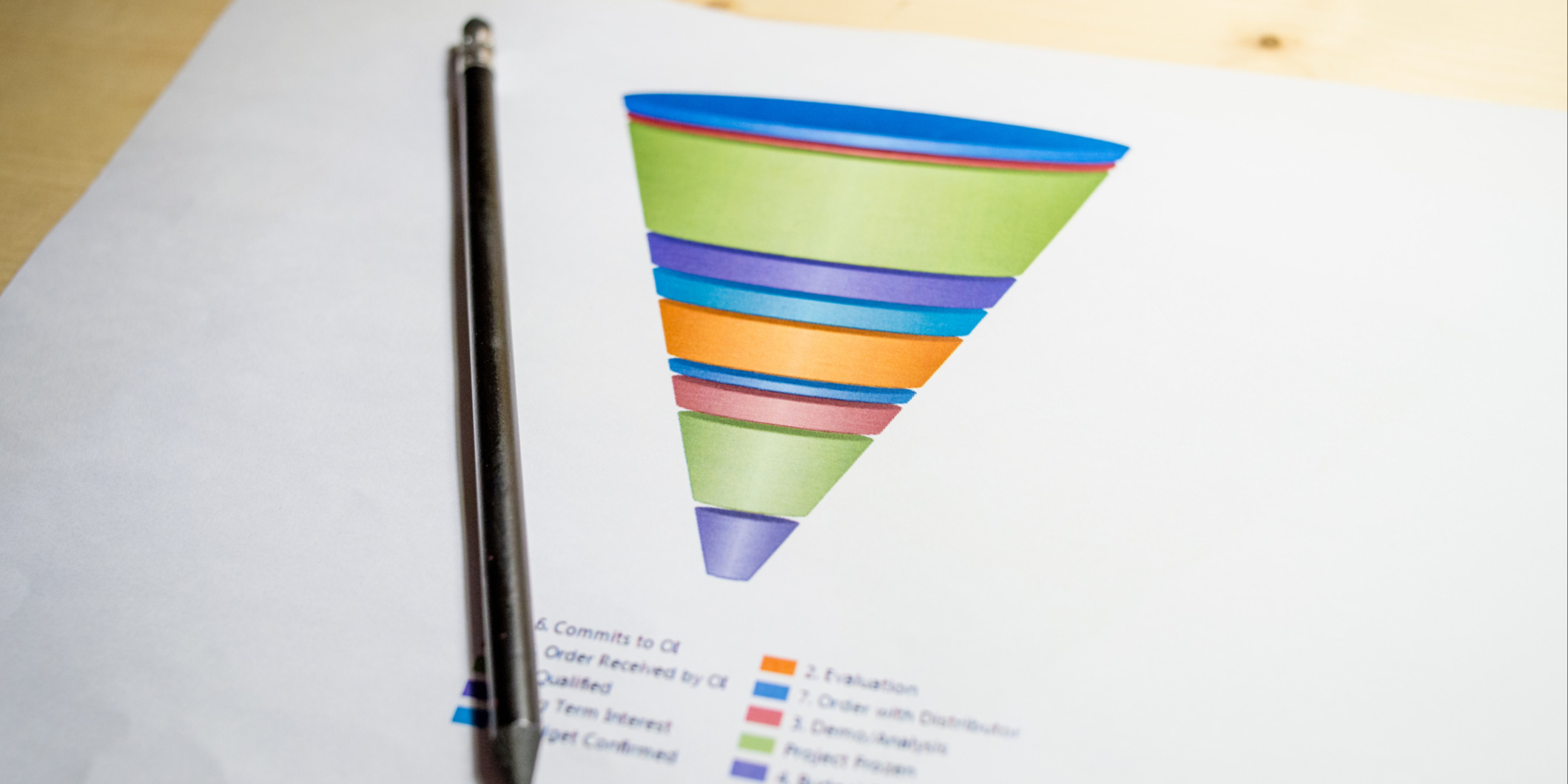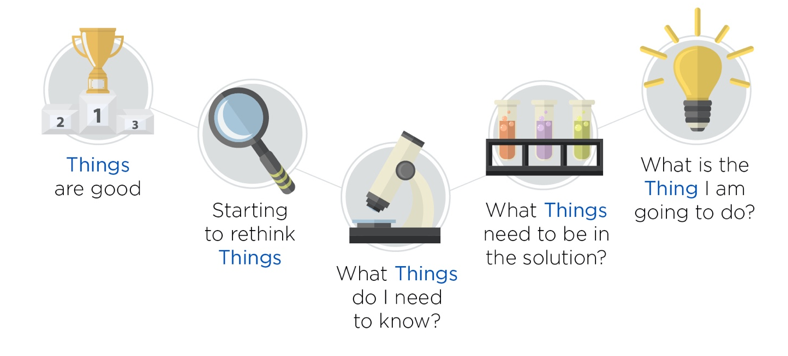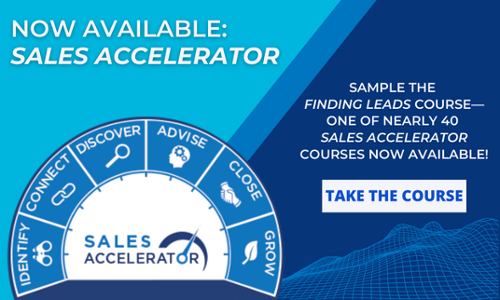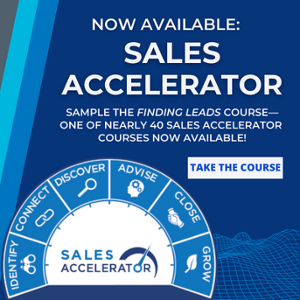
Your clients and prospects are on a predictable journey to making a purchase. You have a much better chance at success if you understand their buyer’s journey. The model we present to clients expands on the traditional Awareness-Consideration-Decision stages. This helps us look at things from the mind of your client or prospect.
B2B sales professionals must understand the buyer’s journey. It’s an important framework for strategy, but a common question is, how do I know where my prospect is on the buyer’s journey, and how do I get them from step one to closing?
A Deep Dive Into the Buyer’s Journey
Many times, sales professionals base the buyer’s journey on incomplete information. They’re like a detective continually looking for signs of what stage the buyer is in. Below is a deep dive into the model we provide that expands on the traditional Awareness-Consideration-Decision stages.

- When they think that things are good, they’re not even on the journey. You’ll see the signs as you approach them. It’s hard to make a sale here, but this is still a great time to make some type of connection and join their social media circle. They’re a lead, but not yet a target.
- If the prospect is starting to rethink things, some opportunity is forming. They don’t always want to see a salesperson yet. But they might if you’re already connected, have a great valid business reason (VBR), and have built a professional brand as trusted and valued.
- When they reach the what things do I need to know stage, they start to lay down a trail on the internet. Companies with sales enablement software like HubSpot, may know when they come to your blog or website for information. If you’ve been active professionally online, they may see one of your posts or comments while researching. Or you may see something they post, like, or comment.
-
When they’re looking at what things need to be in the solution, they’re often ready to talk to a salesperson. You’re positioned best if you have already connected and can demonstrate your empathy and expertise. You might get a formal request for a proposal (RFP), or the signs may be less formal. Playing the numbers game, you may stumble upon someone already at this stage, but that’s not as efficient or effective as targeting high potential accounts and building a relationship that moves them to this stage.
- As they move to what is the thing I am going to do, the buyer is ready to make a decision. You’re moving from discover to advise and then close. You want to be sure you’ve taken the time to remove any surprises in your proposal. Approaching a prospect for the first time may be too late at this last stage, but it may also pay to get in there and find out.
It’s important to know where your buyer is in their journey and what things they’re considering. You need to be a detective, tailor your approach, and take action based on where you determine they are in the buyer’s journey to be most effective.

